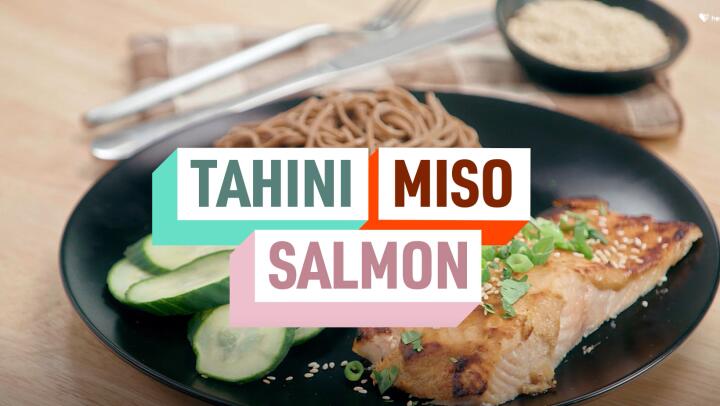
Psoriatic arthritis is one the most common types of arthritis and nearly 30% of people with psoriasis will develop psoriatic arthritis in their lifetime. It affects both men and women, usually between ages 30 to 50. Fortunately, there are healthy ways to reduce the stiffness and joint pain that come along with psoriatic arthritis. Making changes to your diet is a smart first step and can help you eliminate foods that trigger flare-ups and cause inflammation.
Researchers have found that cutting back on sugar, dairy, gluten, and certain fats can reduce symptoms of psoriatic arthritis. Eating a healthy diet filled with lean meats, fruits and vegetables can have a positive impact and help you lose weight to ease pressure on your joints. No matter what diet you choose, it’s important to watch portion size and eat a wide range of nutrients.
If you want to incorporate a psoriasis arthritis diet into your daily routine, start by talking to your doctor. Eliminate trigger foods to see how they affect your symptoms. Then you and your doctor can determine what type of diet will be best for your body moving forward.
Foods to Avoid
If cutting out psoriatic arthritis trigger foods is hard for you, start by removing one category for a few weeks to see the effect it has on your symptoms. Then work your way through all of the categories to find out which foods make your psoriatic arthritis feel worse and which ones you should avoid.
- Fatty Red Meat: This one tops the list because it causes inflammation and reduces the effectiveness of drugs used for psoriatic arthritis treatment. Choose lean meats instead of fatty ones and keep portions to around three ounces, or the size of your palm. Also, add different types of proteins to your diet — poultry, fish and beans.
- Dairy: Some people with psoriatic arthritis may have a milk intolerance. Consuming dairy products can upset your stomach, as well as cause inflammation. Switch out your dairy products for milk alternatives like soy-, almond- and coconut-based products.
- Nightshades: Potatoes, eggplant, peppers, and tomatoes are part of the nightshade family and can aggravate psoriatic arthritis symptoms. They don’t bother everyone, but you should experiment with avoiding nightshades to see if it helps improve your symptoms. Try replacing these vegetables with leafy greens, peas and beans.
- Sugar: Refined sugars like the ones you find in soft drinks, baked goods, and candy will boost your inflammation levels and cause joint pain. Cutting out sugary foods will lower the insulin levels in your bloodstream and reduce joint inflammation. It can also help you lose weight and reduce risk for heart disease and stroke. Still have a sweet tooth? Strawberries are an ideal treat because they’re packed with fiber and add a little sweet treat to your diet.
Diets to Try With Psoriatic Arthritis
Are you ready to make a change to your diet and improve your symptoms? Great! There are several diets you can try that will help reduce inflammation. Experiment with a few or combine some of your favorite parts of each diet to create a plan that you can live with for the long term.
- Anti-inflammatory diet: This simple diet focuses on eating fruits, fish, and leafy greens to reduce inflammation and provide your body with healthy antioxidants.
- Paleo diet: The key to this “cavemand diet” is avoiding nuts, grains, dairy, and processed foods. It encourages eating lean meat, eggs, fish, fruits and vegetables. Removing sugary foods and dairy are the key components for eliminating inflammation with this diet.
- Weight-loss diet: Here you’ll concentrate on limiting the amount of carbohydrates, sugars, and fats you eat. The goal is to lose extra weight and reduce stress on your joints.
- Mediterranean diet: Similar to the other diets, the Mediterranean style of eating includes grains, fish, fruits, and vegetables. The magic with this plan is extra virgin olive oil. Use it generously in your cooking for anti-inflammatory effects and added healthy omega-3s that ease joint movement.
- Gluten-free diet: Over 25% of people with psoriasis have a gluten sensitivity. You can cut back the gluten in your diet by limiting baked goods, pastas, and grains. This diet also encourages you to replace gluten with healthy choices like fruits, vegetables, and whole foods.
Now that you’re ready to refresh your diet and reduce your psoriatic arthritis symptoms, make a shopping list loaded with lean meats, fruits, veggies and extra virgin olive oil. As you make changes to your diet, keep track of what you eat in a food journal. That’ll help you know what’s working for your body and what’s not. If need extra support adjusting your diet, reach out to your doctor or a nutritionist for nutrition tips and accountability.






















